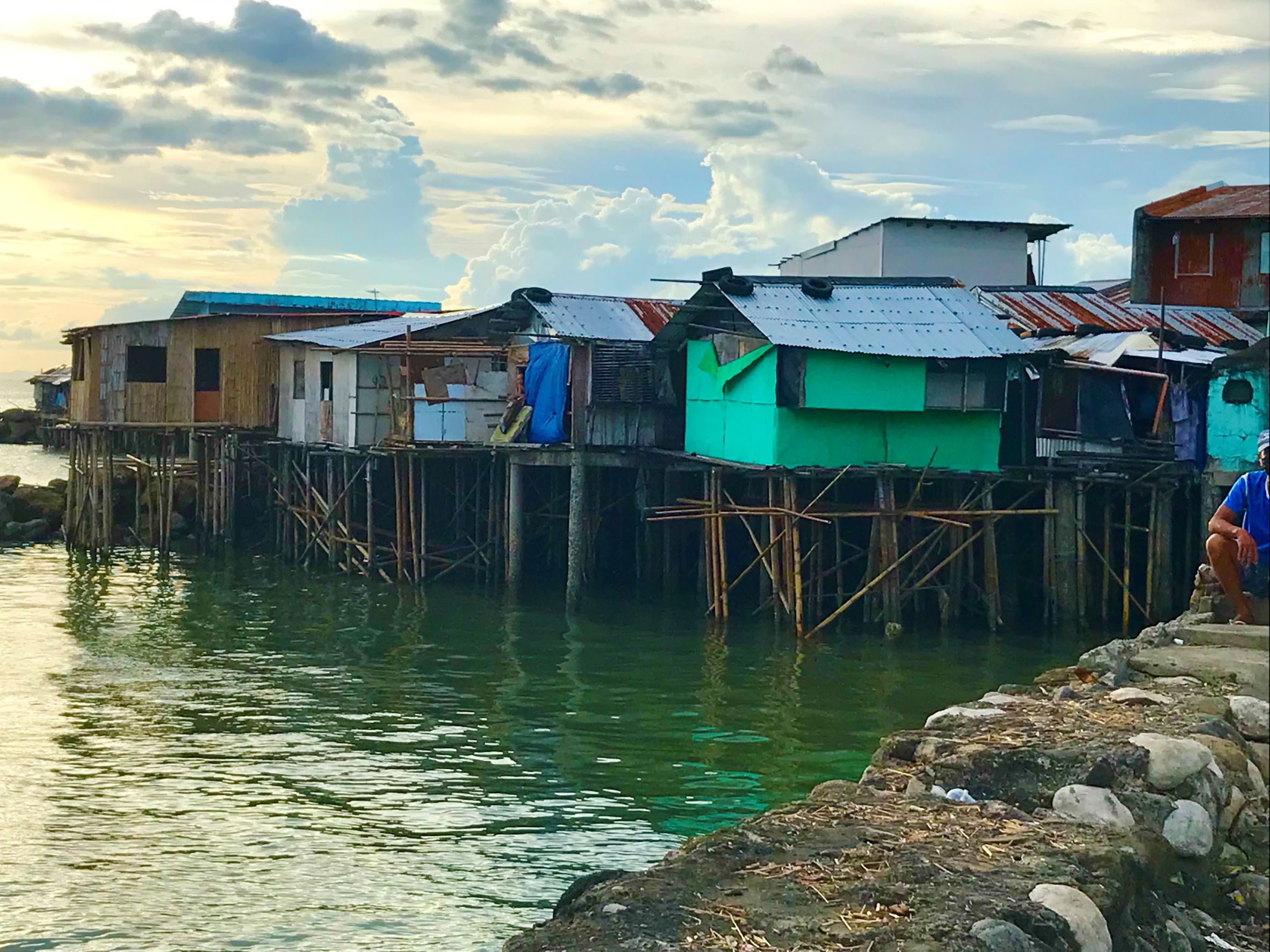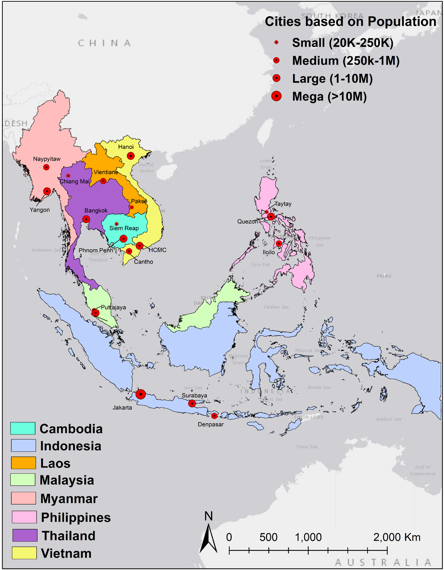MSU researchers to lead $1.7M NASA grant to study urban-rural resiliency in Southeast Asia
March 20, 2023 - Diane Huhn

In a new $1.7M grant from the National Aeronautics and Space Administration (NASA), researchers at the Center for Global Change and Earth Observations (CGCEO) at Michigan State University will work to improve landscape sustainability and resilience in response to climate extremes and other challenges in Southeast Asia. Led by Dr. Peilei Fan, a professor of urban and regional planning with the School of Planning, Design, and Construction (SPDC) and CGCEO, a seasoned team of global change scholars will tap into mountains of data, remote sensing imagery, innovative models and tools, and a wealth of knowledge gained after more than two decades of intensive research in this region. The outcomes of this work will arm decision-makers with the best-informed data and tools available to date as they work to craft effective policies to address severe disturbances such as climate extremes, disruptive geopolitical events, and other types of external shocks.
“Southeast Asia has emerged as a hotspot in global climate change, land cover and land use change, geopolitical conflicts, and societal changes since the end of World War II,” said Dr. Fan. “For many years, our team has worked closely with the NASA Land Cover Land Use Change Program (NASA LCLUC) to create significant research networks across the globe focused on increasing our understanding of how to help create more resilient landscapes in this region with the overall aim of providing better living experiences and environments for all.”

Study area of 8 countries and 19 cities as urban centers of URC, with 1 mega city, 8 large cities, 5 medium cities and 5 small cities, population ranging from 88k in Pakse, Lao PDR to 10.5 million in Jakarta, Indonesia. Courtesy: Peilei Fan
A significant emphasis of this research has focused on an innovative concept the team refers to as urban-rural continuums (URC). This concept centers on the idea that rural and urban areas are regarded as connected and full of exchanges and socioeconomic interactions rather than having impermeable boundaries. To operationalize the urban-rural continuums, the team adopted the method that matches all rural locations to an urban center of reference based on the time needed to reach it, where a larger urban center dominates over a smaller one when a travel time category is the same. The travel categories of <1 hour, 1-2 hours, 2-3 hours, and >3 hours travel time correspond to peri-urban, peri-rural, rural, and hinterland. Nineteen cities of various sizes from eight Southeast Asian countries will be analyzed at the local level. Research will examine how and why land use has transitioned across these URCs, and how to address the impacts of those changes moving forward.

The team initially believes these transitions and their related ecosystem changes are jointly determined by several factors. One such factor is the importance of the attached urban center in the global and regional city hierarchy as reflected by population size, level of economic development, and global connection. Additionally, the relative location along the URC to its associated urban center and access to major physical and social infrastructures, as well as institutional policies enforced by the national government and local urban planning, are also believed to be of significant importance.
Work on the project, titled “Decoding Land Transitions across the Urban-Rural Continuums (URC): A Synthesis Study of Patterns, Drivers, and Socio-environmental Impacts in Southeast Asia,” is slated to begin in late July of this year and continue into 2026. In addition to Dr. Fan, team members from CGCEO will include co-investigators, Drs. Jiquan Chen and Jiaguo Qi. Both are professors of Geography with the MSU Department of Geography, Environment and Spatial Sciences. Additional con-investigators include Professors Atul Jain (University of Illinois- Urbana-Champaign), Soe W. Myint (Texas State University), and Karen Seto (Yale University). A large group of national and international collaborators will also provide research support.

